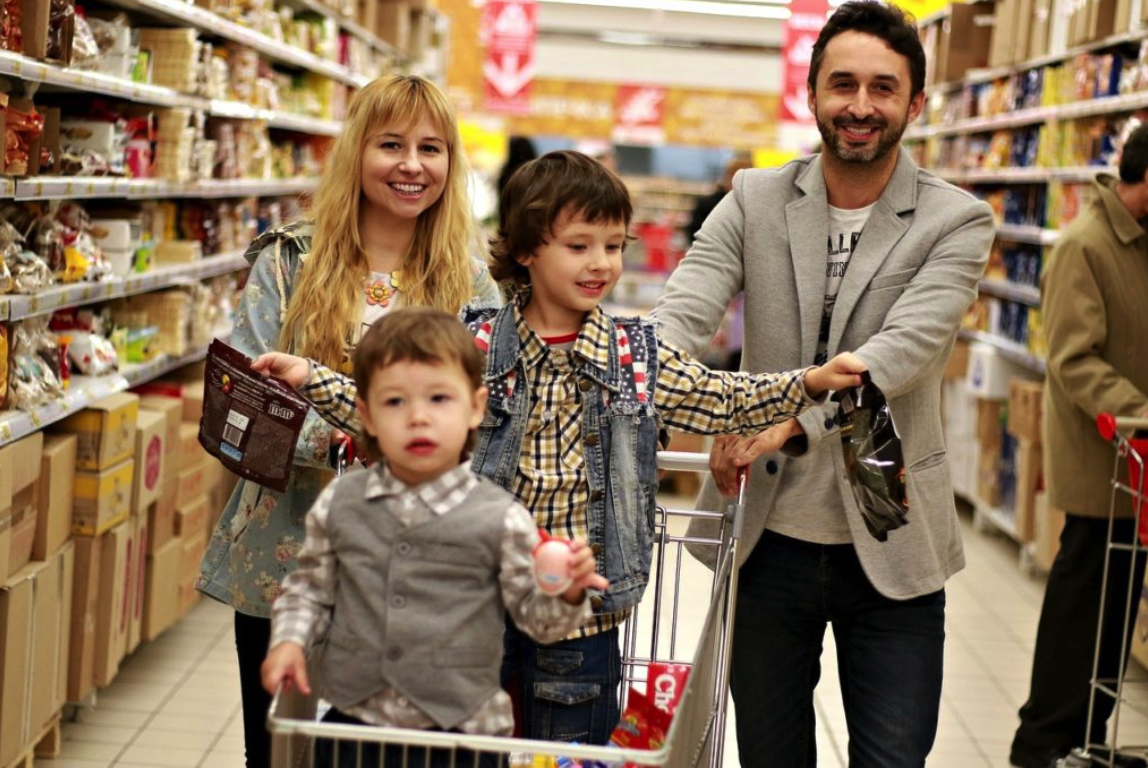One of the most common complaints I get from parents is that their children can have a great deal of difficulty when out in the community. This can range from something relatively benign like touching things on the shelf or far more serious like running away from parents or throwing themselves on the floor in the street. Frankly, it is not frustrating for parents when their children struggle in the community but, it can also be very dangerous.
Here are 3 strategies I use with the families I work with that will help increase the likelihood that your child is successful.
Tip 1: Use Visuals To Help Increase a Child’s Success
I find a lot of stress can be alleviated if children know what to expect. I like to use visuals to let children know where they will go before they leave the house or when they are transitioning the community.
I typically suggest keeping a binder ring with pictures of places you commonly go to in the community on your keychain. This will make sure you are always prepared to show your child where they will go. If you are going to multiple places on one trip, you can also use a visual schedule while out in the community. Using a velcro schedule with pictures attached will help kids understand when it is time to transition. When things come up and you have to go somewhere unplanned, you can also just google the location your cellphone to show them when out.


This may seem easier said than done and honestly, it can be a lot of work. But, it can save you a lot of frustrating and avoid potentially dangerous situations when out.
Tip 2: Practice In an Easy Location Before Going to More Difficult Locations
Recently, I had a family hire me to work with their child in the community who would frequently have tantrums in stores. He would throw himself on the floor no matter where they went and refuse to walk. I suggest we bring a timer and start off by setting it for thirty seconds and giving him a small snack as a reinforcer (reward) when he walks nicely for thirty seconds. First we did it in his backyard! It is a place that is familiar and fun and did not have any negative associations like stores did.
When we did go into the community, we started off on a track to make sure he was in a place that was safe in case he tried to run away or have a tantrum. Then we shifted to stores. Eventually we were able to increase the time he walked to 40 seconds, 1 minute, 2 minutes, 3 minutes and 5 minutes before he got his snack. Eventually, he didn’t need the timer at all. This whole process took only a few weeks. Now, the family can have trips to the mall and even restaurants without worrying about meltdowns. This strategy has worked for dozens of the families I have consulted with and I know it will work for you too.
Tip 3: Use social stories.
Social stores are stories that you can read to a child before you go out into the community that will tell them how they are supposed to respond. Let’s remember children with Autism don’t always have the social skills we have and sometimes behavior that looks like naughty is just because they don’t know how they are supposed to act or respond to a situation.
Being in an unknown situation can also create anxiety.
A social story can be used to help them know that to expect and how they should respond.
It is now that difficult to write and there is really not much to it. Here’s a social story you can use about going to the grocery store
Today, we will go to the grocery store. That’s great. We will get a lot of my favorite foods at the grocery store. There will be a lot of other people there. That’s ok. Mom will be there with me and she will keep me safe. When I am at the grocery store, I will walk nicely without touching things in the isle. If I walk nicely, it will make Mom very happy. We will only be in the store for a short period of time and then we will leave. When we leave mom, will give me a snack for doing a great job. Going to the grocery store is totally fine!
Being able to participate in community activities can be so stressful for families that have children with Autism. I want you to know you can do all the same activities other families enjoy. It is true that you may have to do some extra work to prepare but your child is capable of enjoying all the things this world has to offer with just a little extra support.



